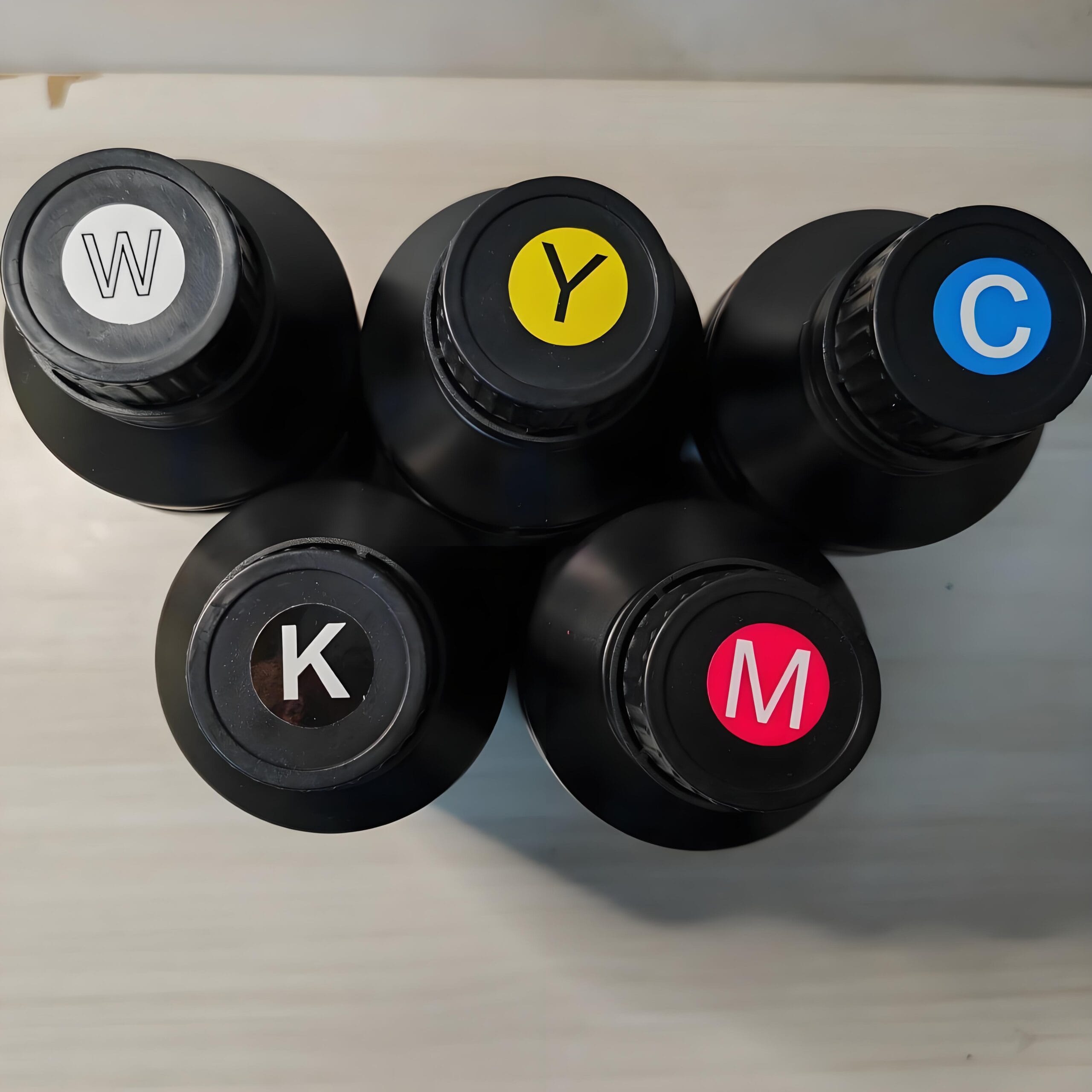The CMYK color model—Cyan, Magenta, Yellow, and Key (Black)—is the cornerstone of color reproduction in the printing industry. Unlike digital displays that use RGB (Red, Green, Blue), CMYK is a subtractive color system optimized for physical media, where ink layers absorb and reflect light to create vibrant prints. For businesses, understanding whether inkjet printers utilize CMYK is critical for achieving accurate color consistency, especially in industries like packaging, textiles, and marketing.
Yes, most commercial and industrial inkjet printers operate using the CMYK color model. However, advanced models may incorporate additional ink channels (e.g., white, varnish, or specialty colors) to expand color gamuts or enable printing on unconventional surfaces.
This article explores how CMYK functions in inkjet printers, compares it with alternative color systems, and provides actionable insights for businesses selecting the right equipment. Below is a structured breakdown of the topics covered:
1. What Is CMYK, and Why Is It Essential for Inkjet Printing?
CMYK is the standard color model for inkjet printers, enabling precise color reproduction on physical substrates like paper, fabric, and plastics.
The Science Behind CMYK
CMYK operates by layering translucent inks to subtract wavelengths of light, creating perceived colors. For example, combining Cyan and Magenta produces blue, while Yellow and Magenta create red. The “K” (Black) enhances contrast and detail, reducing ink consumption compared to mixing CMY for dark tones.
In industrial inkjet printers, this model ensures cost efficiency and versatility. For instance, packaging printers often use CMYK to handle short runs with variable designs, while textile printers leverage it for custom patterns.
Business Advantages of CMYK
- Cost-Effectiveness: Reduces ink waste by using black ink for shadows and text.
- Broad Compatibility: Works with diverse materials, from corrugated cardboard to synthetic fabrics.
- Customization: Supports variable data printing (e.g., QR codes, serial numbers) for personalized marketing.
2. How Do Inkjet Printers Utilize CMYK Technology?
Inkjet printers deploy CMYK through precision nozzles that deposit droplets onto media, with advanced models adding white, metallic, or protective varnish inks.
Core Mechanisms of CMYK Inkjet Printing
- Print Heads: Industrial printers, like the HPRT DA188S, use piezoelectric or thermal nozzles to eject ink at resolutions up to 2400 dpi, ensuring sharp details.
- Ink Types: Water-based, solvent, UV-curable, and dye-sublimation inks are tailored for specific applications.
- Color Calibration: Advanced software adjusts ink ratios to match Pantone references or brand-specific hues.
Extended Color Systems
Some printers enhance CMYK with:
- White Ink: Critical for printing on transparent or dark substrates .
- Varnish: Adds glossy or matte finishes for premium packaging.
- Light Cyan/Magenta: Improves gradient smoothness in photo printing.
3. CMYK vs. RGB: Key Differences and Business Implications
CMYK is optimized for physical printing, while RGB suits digital displays. Misalignment between these systems can lead to color mismatches in final products.
Technical Comparison
| Aspect | CMYK | RGB |
|---|---|---|
| Color Creation | Subtractive (ink layers) | Additive (light emission) |
| Primary Use | Printing on physical media | Digital screens, photography |
| Color Gamut | Narrower, limited by ink pigments | Wider, covers more visible light |
Business Considerations
- File Preparation: Designs created in RGB must be converted to CMYK for printing, often requiring manual adjustments to preserve vibrancy.
- Industry Standards: Packaging and textile sectors mandate CMYK files to ensure print accuracy.
- Hybrid Workflows: Printers like the Canon MAXIFY GX6050 automate RGB-to-CMYK conversion, streamlining production for marketing agencies.
4. Industry-Specific Applications of CMYK Inkjet Printers
From textiles to wall décor, CMYK inkjet printers enable high-mix, low-volume production with rapid turnaround times.
Key Sectors and Use Cases
- Textile Printing
- Digital Inkjet Printer Textile models print directly onto fabrics, supporting fast fashion and custom apparel4.
- Benefits: Reduced water usage compared to traditional dyeing, per Made-in-China suppliers4.
- Packaging
- Corrugated cardboard printers use CMYK for logos and batch codes.
- Trend: UV inks enable scratch-resistant labels for perishable goods.
5. Maintenance and Optimization Tips for CMYK Printers
Regular cleaning, ink management, and firmware updates maximize print quality and equipment lifespan.
Best Practices
- Nozzle Cleaning: Prevent clogs using built-in cleaning cycles .
- Ink Storage: Keep UV inks away from sunlight to avoid polymerization, as noted in HAE’s guidelines.
- Software Updates: Install drivers for color profiling tools like Adobe Color Picker to maintain accuracy.
Cost-Saving Strategies
- Bulk Ink Systems: Refillable tanks in Canon MAXIFY and Epson EcoTank models reduce per-page costs by 90%.
- Preventive Maintenance Contracts: Suppliers like Wuhan HAE Technology offer lifetime technical support for industrial printers.
6. Future Trends in CMYK Printing Technology
AI-driven color matching, sustainable inks, and hybrid systems will redefine CMYK printing.
Innovations to Watch
- AI Color Calibration: Automatically adjust ink ratios based on substrate texture and ambient light.
- Bio-Based Inks: Companies like HP and Epson are developing plant-derived CMYK inks to meet eco-certifications.
- 5-Channel Printers: Adding neon or metallic inks to CMYKW for luxury packaging.
Conclusion
CMYK remains the bedrock of inkjet printing, balancing cost, versatility, and quality. While RGB dominates digital design, businesses relying on physical outputs—whether textiles, packaging, or signage—must prioritize CMYK-compatible printers. Advances like UV curing and AI optimization will further entrench CMYK’s role in Industry 4.0. For tailored solutions, evaluate suppliers like Epson, Canon, and HPRT, which offer machines catering to niche industrial needs.


